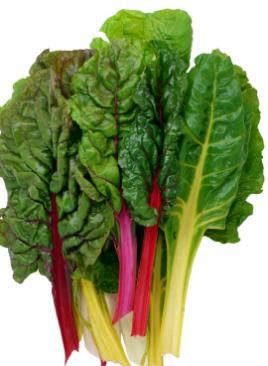Swiss chard is a leafy vegetable that favors colder weather. It isn't difficult to grow, but does require some maintenance as trimming the leaves frequently helps improve Swiss chard's flavor.
Growing Swiss Chard
Chard prefers cool temperatures. High temperatures slow down leaf production, but chard tolerates heat better than spinach.
In mild regions, you can plant chard from fall to early spring. In the North, plant from spring to midsummer. Plant Swiss chard from seed clusters -- each cluster contains several seeds -- about a week before the average date of last frost.
Chard prefers well-worked soil with good drainage and a high organic content; it does not like acid soil. Plant the seeds directly in the garden 2 to 6 inches apart in single or wide rows. Thin seedlings to 12 inches apart when they're large enough to handle. The crop needs enough water to keep the leaves growing quickly, so keep the soil moist at all times.
Harvesting Swiss Chard
The time from planting to harvest is 55 to 65 days. Start harvesting chard when the outside leaves are three inches long. Don't let the leaves get much longer than 10 inches, or they'll taste earthy.
Either take a few leaves off at a time or cut the entire plant down to three inches and let it grow back. If you harvest the leaves as they grow, the plant will go on producing all season.
Types of Swiss Chard
There are several different types of chard, with growth cycles of 50 to 60 days. These include:
- Rhubarb Chard, harvest in 60 days; produces red stalks.
- Lucullus, harvest in 50 days; is somewhat like spinach with white stalks and light green leaves.
- Fordhook Giant, harvest in 60 days; produces green leaves and white stalks and is heat tolerant.
- Bright Lights, harvest in 60 days; sports a mix of yellow, orange, crimson, and purple stems.
Want more information about Swiss chard? Try:
- Vegetable Recipes: Quick guides to delicious meals using Swiss chard.
- Vegetable Gardens: Grow a full harvest of great vegetables this year.
- Gardening: We answer your questions about all things that come from the garden.

